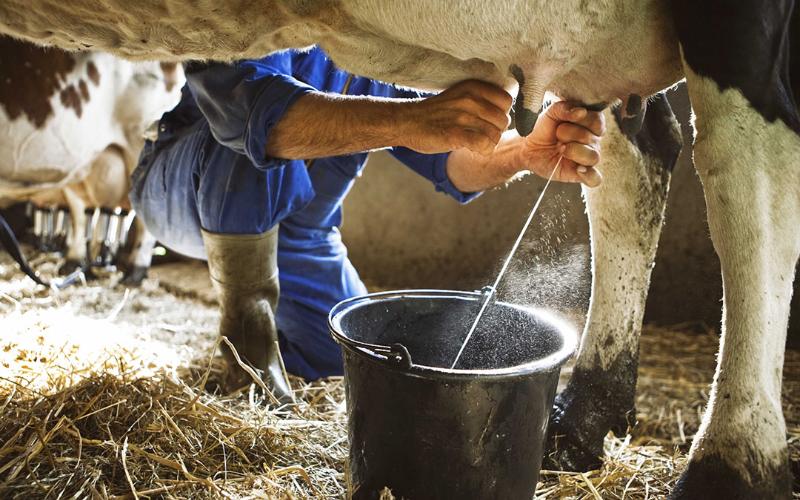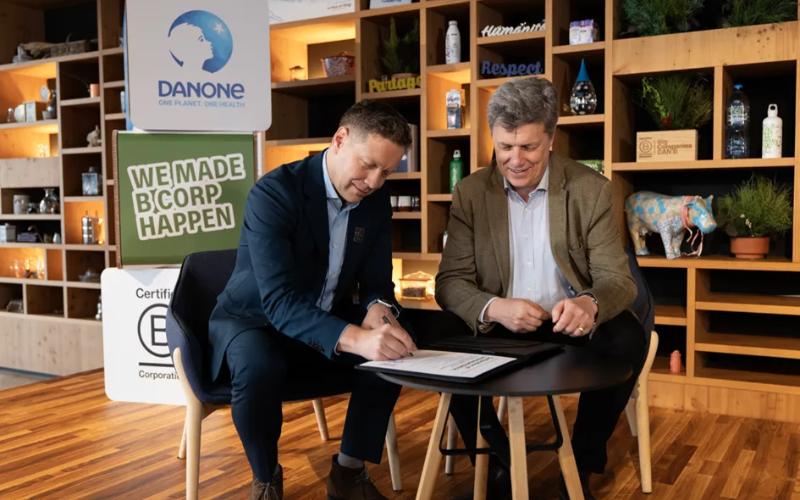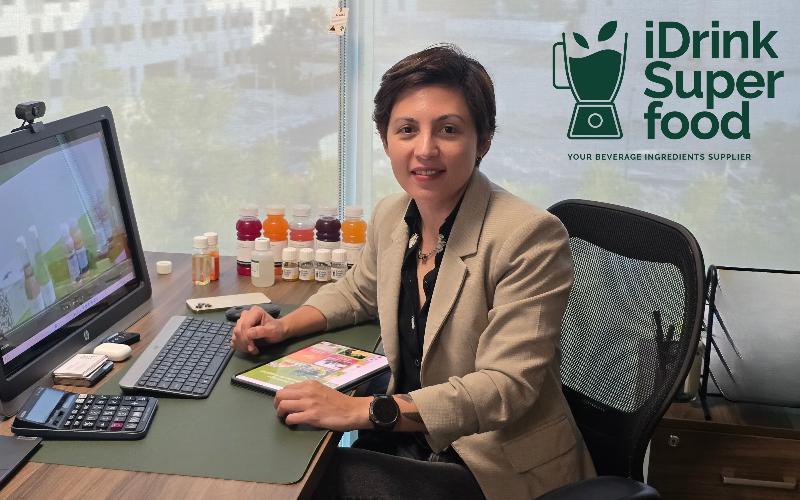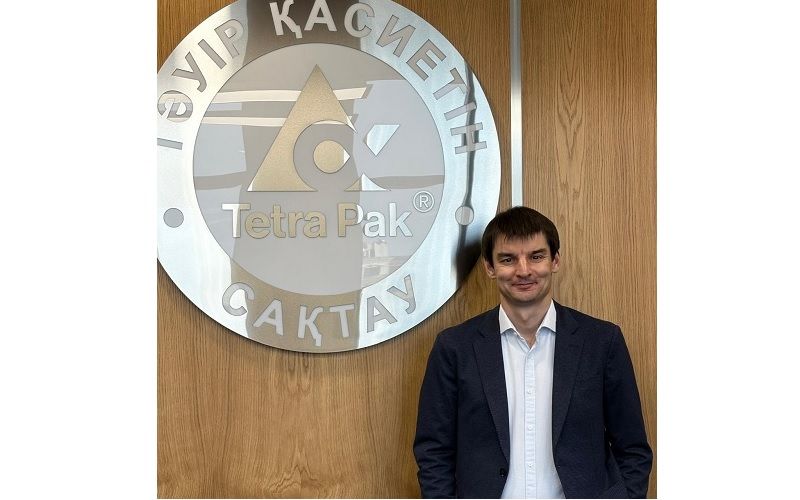Rising Dairy Production in South America Fosters Optimism in 2025
Sourse: es.edairynews.com
In the first quarter of 2025, the dairy industry in South America, particularly in Chile, has seen significant growth, boosting optimism across the sector.

The dairy industry in Chile and the broader South American region has started 2025 with encouraging news: a notable increase in dairy production during the first quarter of the year. This upturn, confirmed by multiple industry sources, is generating optimism and reinforcing the dairy farming sector's capacity to meet demand and establish itself as a key player in the global dairy market.
Dairy producers are demonstrating resilience and efficiency. The growth is attributed to several factors, including favorable climate conditions that have improved forage quality, more efficient management of farms, and renewed confidence among dairy producers to invest in their operations. This dynamism is crucial for the milk value chain, ensuring a steady supply for processing industries. This rise in milk production is a positive signal for the regional economy. A strong dairy sector contributes to rural development, generates employment, and strengthens dairy product exports. The region's ability to increase its dairy supply is also vital for food security and to capitalize on opportunities in international markets, especially in a context of fluctuating prices. For the international dairy community, the surge in South American production is a relevant factor to consider in the global supply-demand balance.
The region, led by countries such as Chile, Argentina, and Uruguay, continues to consolidate as an important source of milk and dairy derivatives, showcasing its potential to meet the needs of an ever-evolving market. In summary, the first quarter of 2025 has brought good news for dairy production in South America, reflecting the strength of the regional dairy industry and the dedication of its producers. Maintaining this trend will be key to solidifying the sector's competitiveness and sustainability in the future, positioning the region as a leader in quality milk production.
Dairy producers are demonstrating resilience and efficiency. The growth is attributed to several factors, including favorable climate conditions that have improved forage quality, more efficient management of farms, and renewed confidence among dairy producers to invest in their operations. This dynamism is crucial for the milk value chain, ensuring a steady supply for processing industries. This rise in milk production is a positive signal for the regional economy. A strong dairy sector contributes to rural development, generates employment, and strengthens dairy product exports. The region's ability to increase its dairy supply is also vital for food security and to capitalize on opportunities in international markets, especially in a context of fluctuating prices. For the international dairy community, the surge in South American production is a relevant factor to consider in the global supply-demand balance.
The region, led by countries such as Chile, Argentina, and Uruguay, continues to consolidate as an important source of milk and dairy derivatives, showcasing its potential to meet the needs of an ever-evolving market. In summary, the first quarter of 2025 has brought good news for dairy production in South America, reflecting the strength of the regional dairy industry and the dedication of its producers. Maintaining this trend will be key to solidifying the sector's competitiveness and sustainability in the future, positioning the region as a leader in quality milk production.











